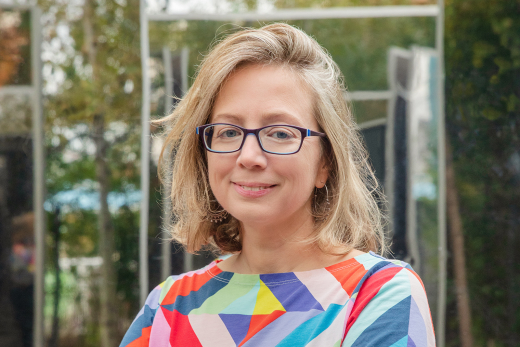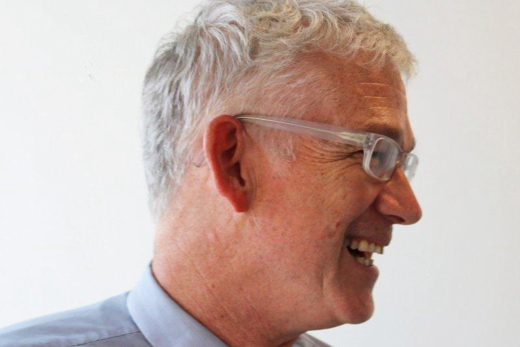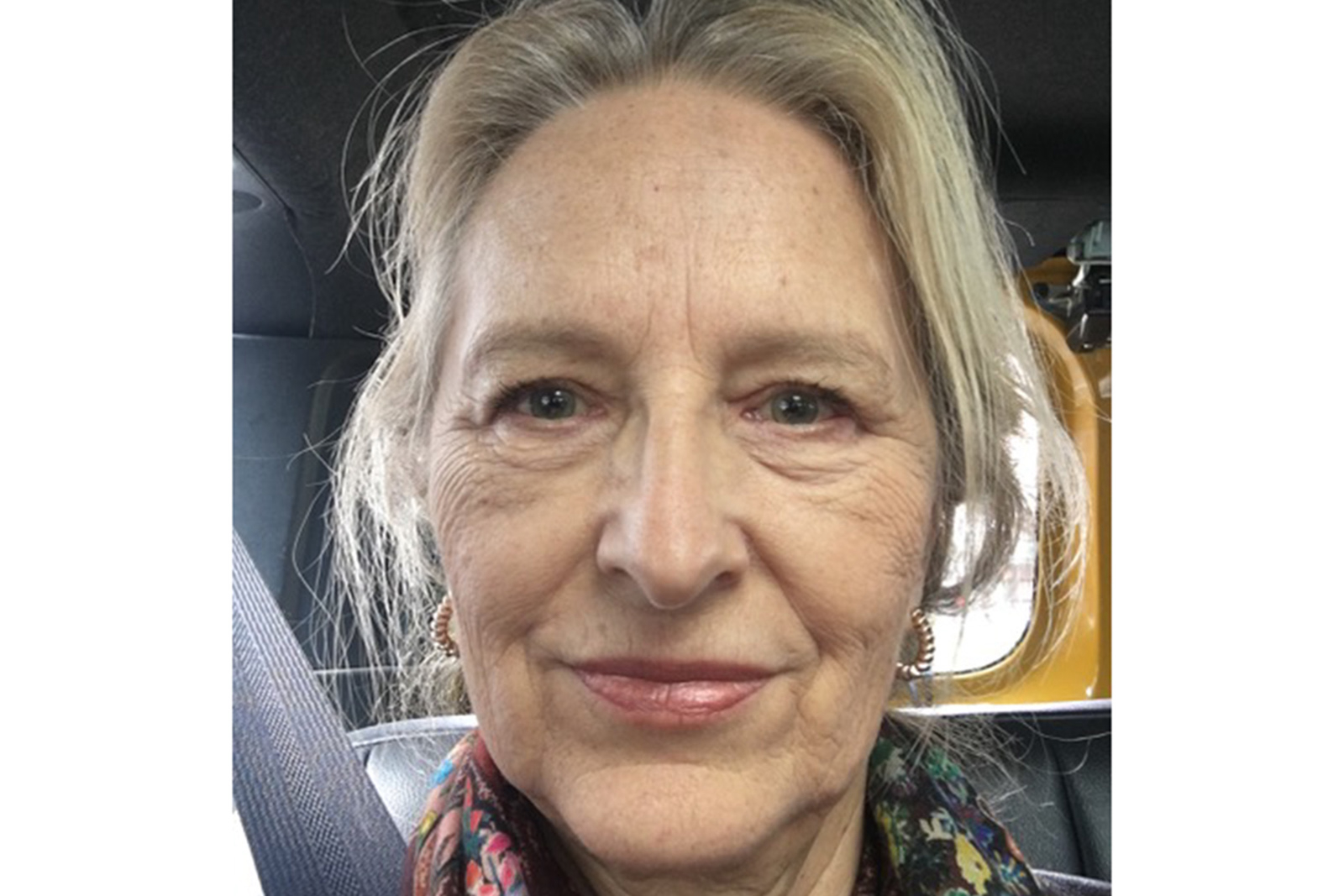This is one of four parallel sessions taking place from 9:50 AM - 11:05 AM on Thursday June 2.
Speakers have been asked to pre-record their presentations and we will be releasing these videos to registrants after the Symposium so that you can watch sessions you weren't able to attend.
When Malls Were Architecture
During the middle of the 20th century, the locus of shopping shifted from Main Street to the shopping center, reflecting the trend toward suburban living. Who were some of the pioneers of this movement? How did this change mirror the social and political events of the time, including the flight from cities to the suburbs? And what is the future of the enclosed shopping center in light of the projected imminent closure of one quarter of American malls? These and other questions will be discussed during this session.
Speakers & Paper titles:
- Gallery Galleria Galerie: Malls as Urban Rooms
Alexandra Lange, architectural critic - Roosevelt Field: A Radical First Shopping Center, 1956, designed by I.M. Pei for Webb and Knapp
Caroline Rob Zaleski, Preservation Long Island - Twilight of the Mall: Victor Gruen, Commerce, and Suburbia
Jeff Hardwick, National Endowment for the Humanities







